Discover the five Mother Sauces of the culinary world and learn how to adapt them for cooking at home.
If you’re interested in expanding your cooking skills, mastering the five classic mother sauces of French cuisine is an excellent place to start. Once you get the basics down, they can be adapted and used in so many ways.

What Are Mother Sauces?
Mother Sauces refer to five basic sauce recipes that can then be adapted into many other secondary or derivative sauces, often referred to as ‘daughter sauces’. The five mother sauces are béchamel, velouté, espagnole, hollandaise, and tomato sauce.
French chef Auguste Escoffier in the 1890s clarified these as the mother sauces of cooking after redefining and adapting them from chef Marie-Antoine Carême. These foundational sauces are important to master in culinary school, but are also useful for home cooks to learn. Once you understand how they work, there is no limit to the variations you can make from them!
Bechamel
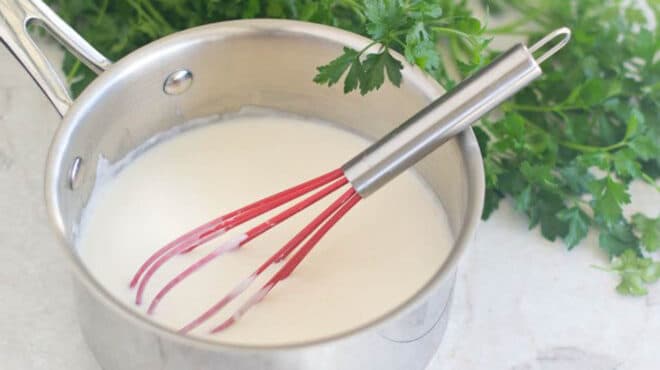
Let’s start with bechamel, which you may know simply as white sauce. This classic sauce only requires three ingredients, though others may be added as seasoning – you just need butter, flour, and milk.
To make a bechamel, you start with a white roux of butter and flour, then whisk in milk and bring to a boil. The thickness depends on what you plan to use the sauce for. Uses for bechamel include lasagna, gratins, and other casseroles. It can also be used as the starting point for macaroni and cheese sauce or alfredo sauce.
You can find more details and my bechamel sauce recipe here.
Velouté
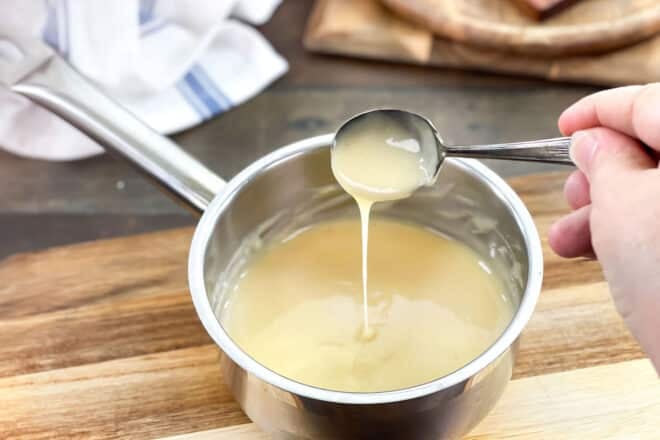
Velouté sauce is very similar to bechamel. It also starts with a roux of butter and flour, but instead of using milk as your liquid, you use stock. Most commonly used for this sauce recipe is chicken stock, but any light colored stock can be used. Vegetable, seafood, or veal stock are sometimes used as well depending on the intended use for the sauce.
A common use for this is to make veloute soups or to be served over chicken or seafood. It can also be turned into allemande sauce by enriching with an egg yolk and a small amount of heavy cream and lemon juice.
You can find more details and my veloute sauce recipe here.
Espagnole
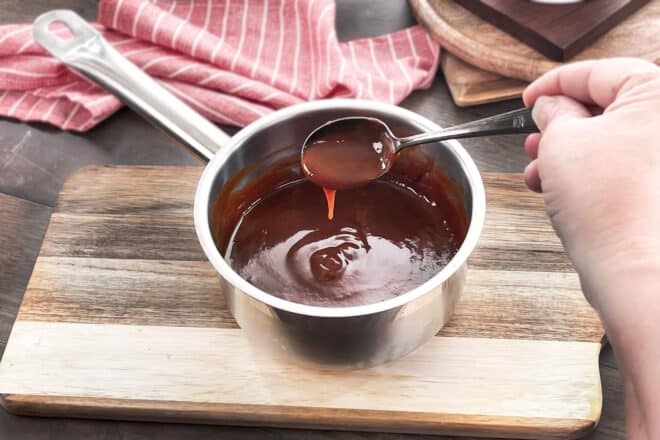
Espagnole sauce is a brown sauce that builds on the skills you learned with the first two recipes. It starts with a brown roux along with a mirepoix of vegetables. Clarified butter is often called for, but I’ve found as long as you keep a close eye on it, regular unsalted butter will work too. This sauce recipe also uses a dark stock, like beef stock, as well as some tomato paste. Various herbs can also be added.
Espagnole is often used to make demi-glace and it’s wonderful flavor is perfect over roasted meats and veggies. You can also swap the tomato paste for ketchup for a tasty fry gravy or replace some of the stock for red wine.
You can find more details and my espagnole sauce recipe here.
Hollandaise
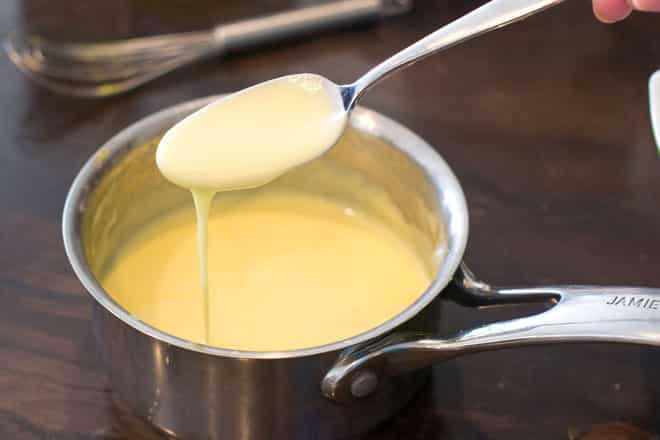
Hollandaise sauce you are probably familiar with because of eggs benedict, but have you ever made it yourself? Hollandaise is made with egg yolks, butter, and lemon juice. It’s traditionally made on the stovetop, and I have made a classic Hollandaise recipe, but it requires whisking. A lot of whisking.
That’s why I actually prefer my non-traditional method of making it in the blender. It’s so much easier and just as delicious. In addition to eggs benedict, you can serve this sauce over poached salmon or roasted vegetables.
You can find more details and my easy blender hollandaise sauce recipe here.
Tomato Sauce
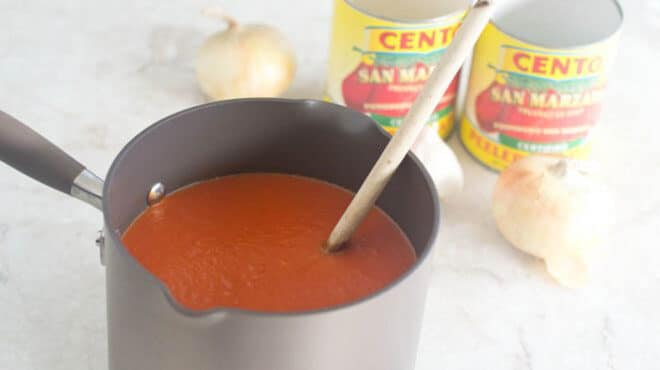
Finally, we come to tomato or tomate sauce which you have likely made before. Now, traditionally this would also be thickened with a roux, but most home cooks skip this since the tomatoes are able to provide a thick sauce without it.
There are many varieties of tomato sauce but I like to keep it simple with San Marzano tomatoes, onion, garlic, butter, and various herbs. This sauce is great for pasta and pizza.
You can find more details and my basic tomato sauce recipe here.
I hope you enjoyed learning about the Mother Sauces with me. If you’re looking to try out even more amazing sauces, you can browse my entire collection of sauce recipes.
Let me know in the comments what your favorite type of sauce is and how you serve it! – Christine xo
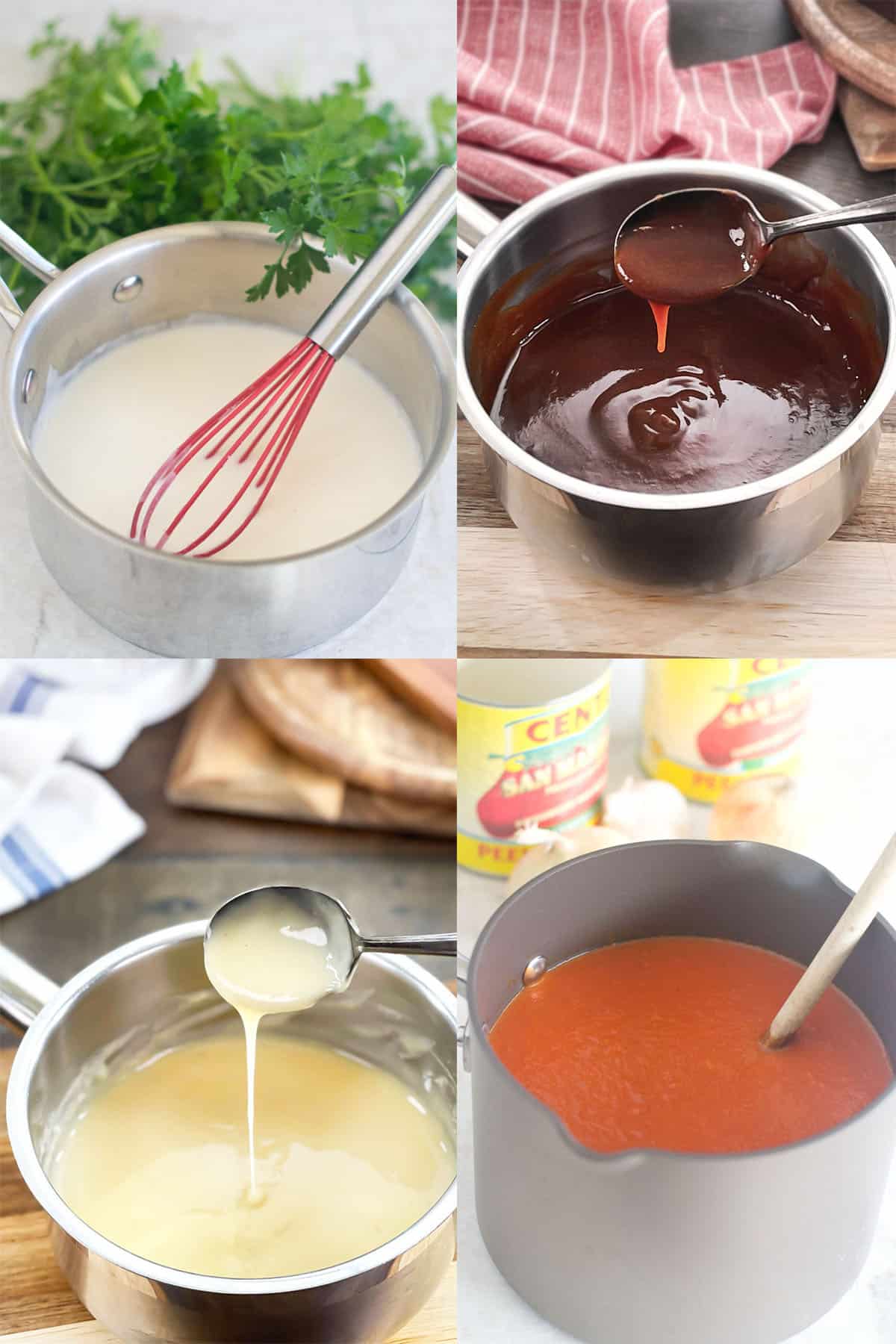

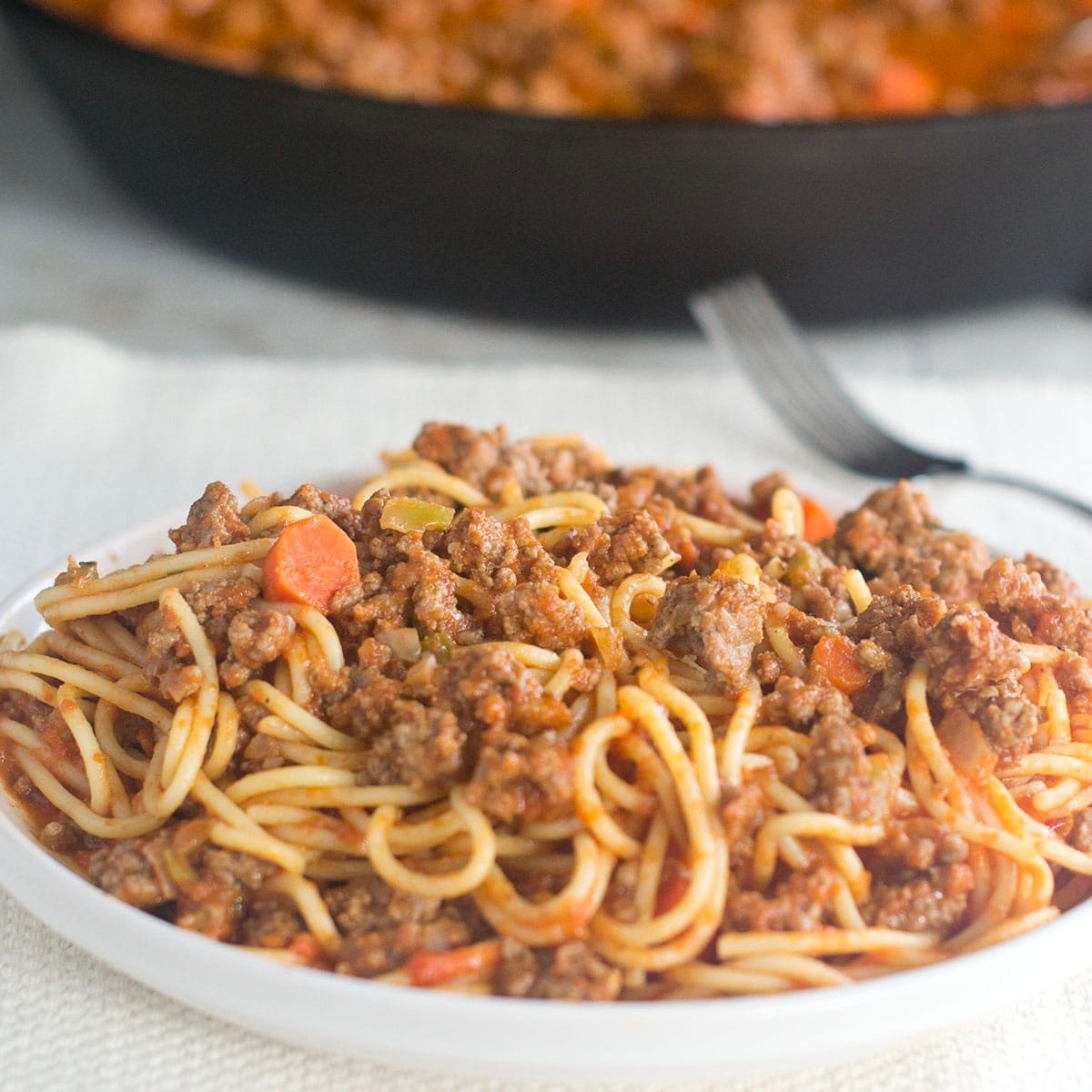
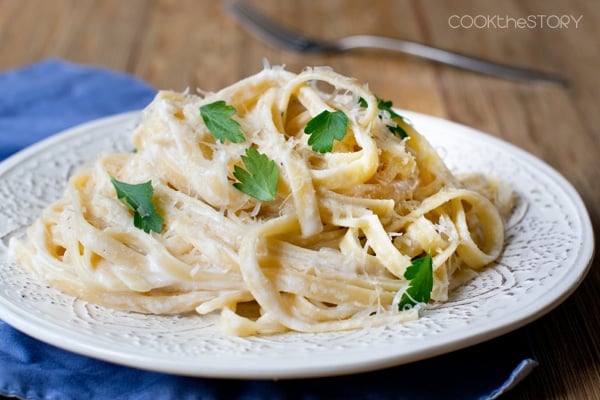

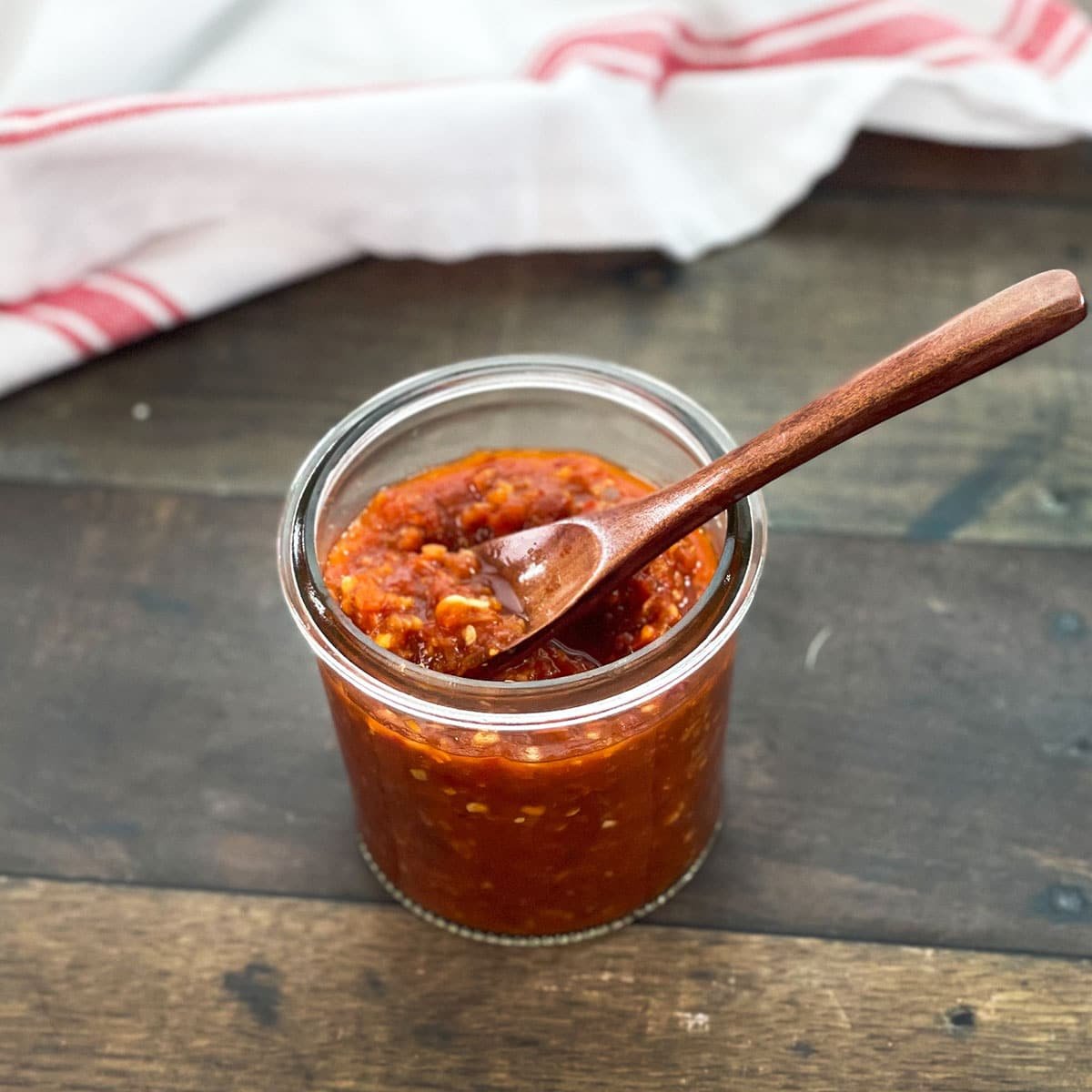



















Leave a Reply